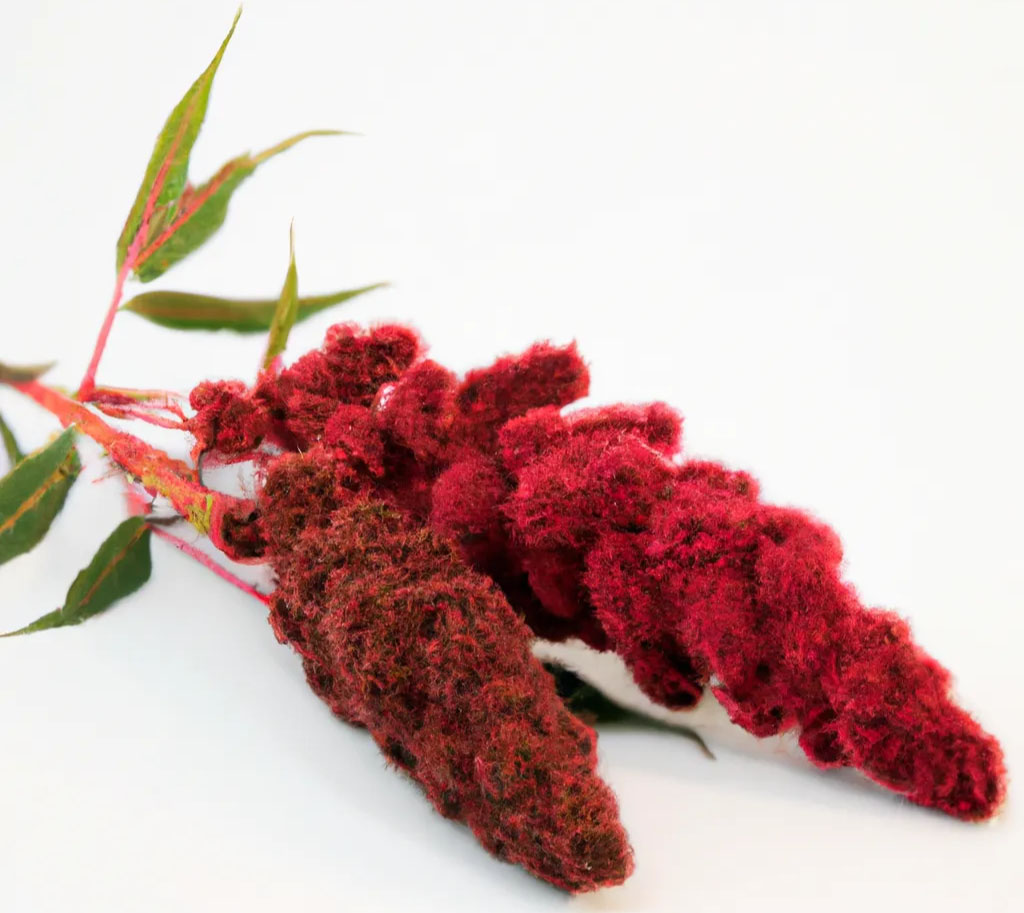Botanical Name: Rhus coriaria
Sumac is a vibrant, tangy spice made from the dried and ground berries of a plant, native to the Mediterranean and parts of the Middle East. With its bright red hue and citrusy, slightly sour flavor, sumac has been a staple in Middle Eastern, Mediterranean, and North African cuisines for centuries. This unique spice offers a refreshing tanginess similar to lemon or vinegar, but with a more subtle and earthy depth, making it a versatile addition to a wide range of dishes.
Sumac’s most notable characteristic is its tart, lemony flavor, which is balanced by a hint of fruitiness and earthiness. It is often used in its ground form and sprinkled directly onto food as a seasoning or incorporated into spice blends like za’atar, a popular Middle Eastern herb mix. Sumac can be used both as a spice and a garnish, making it a versatile ingredient that adds brightness and acidity to dishes without the moisture that comes from lemon juice or vinegar.
In Middle Eastern cooking, sumac is commonly used to season meats, such as lamb, chicken, or fish, as well as vegetables and salads. One of the most famous applications is in fattoush, a Lebanese bread salad where sumac is sprinkled over fresh vegetables and crispy pita for a tangy kick. It is also used to season grilled meats in Turkish and Persian cuisines, where it brings a refreshing contrast to rich flavors.
Sumac’s sourness also makes it an excellent addition to marinades, rubs, and dressings. When mixed with olive oil and herbs, it creates a zesty dressing for salads, roasted vegetables, or grilled dishes. Its ability to balance and enhance flavors makes it a popular finishing spice, often sprinkled over dips like hummus, baba ghanoush, or yogurt-based sauces to add a burst of tang and color.

